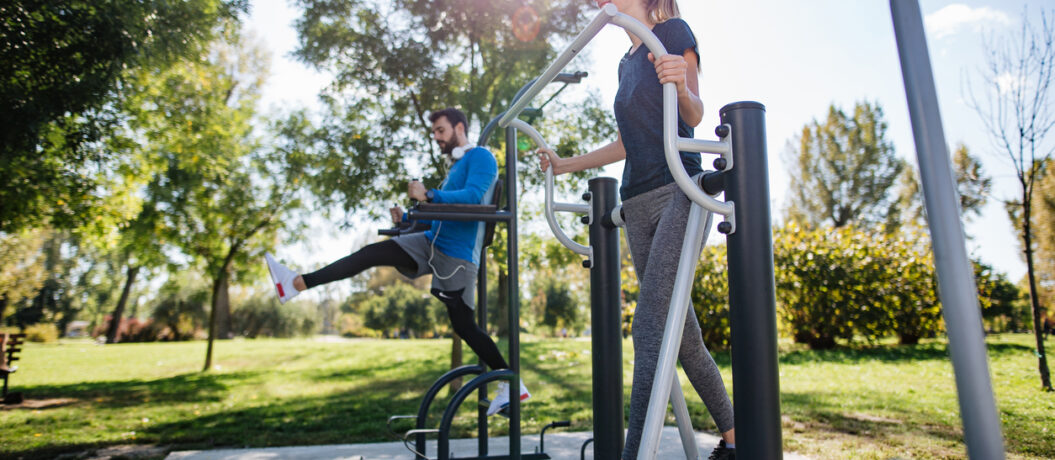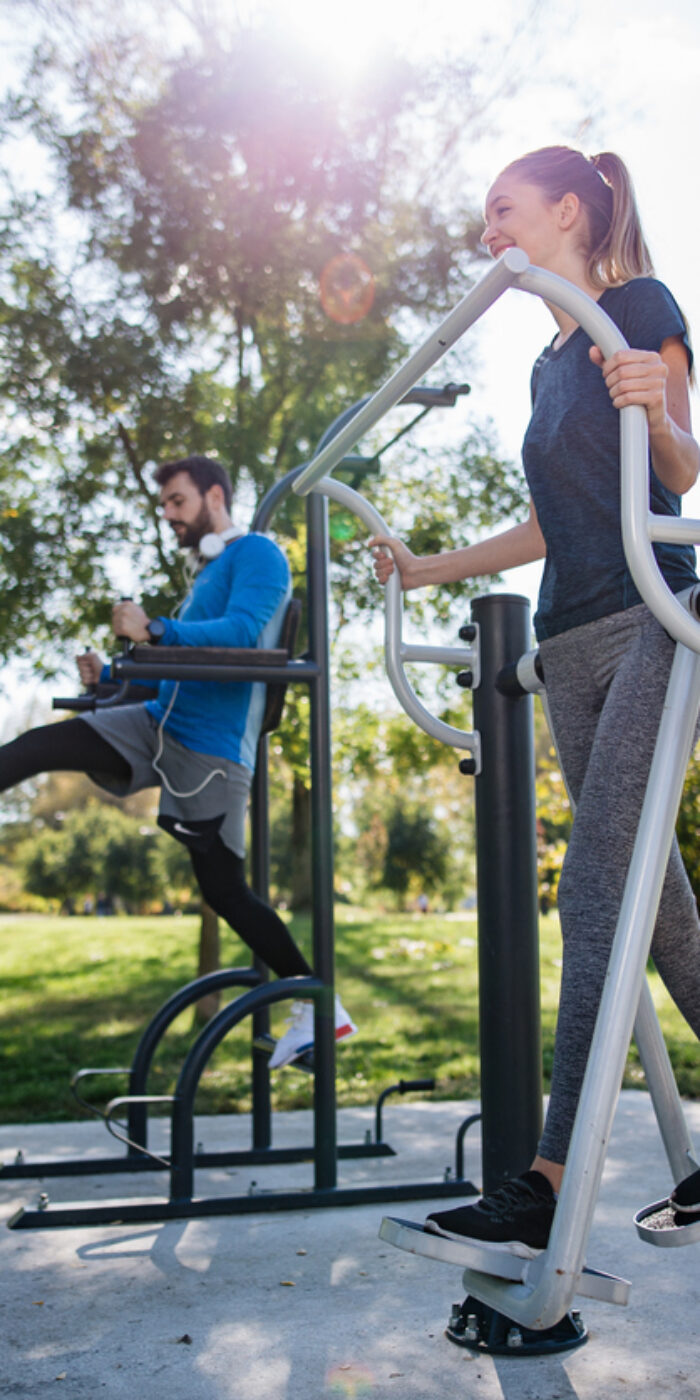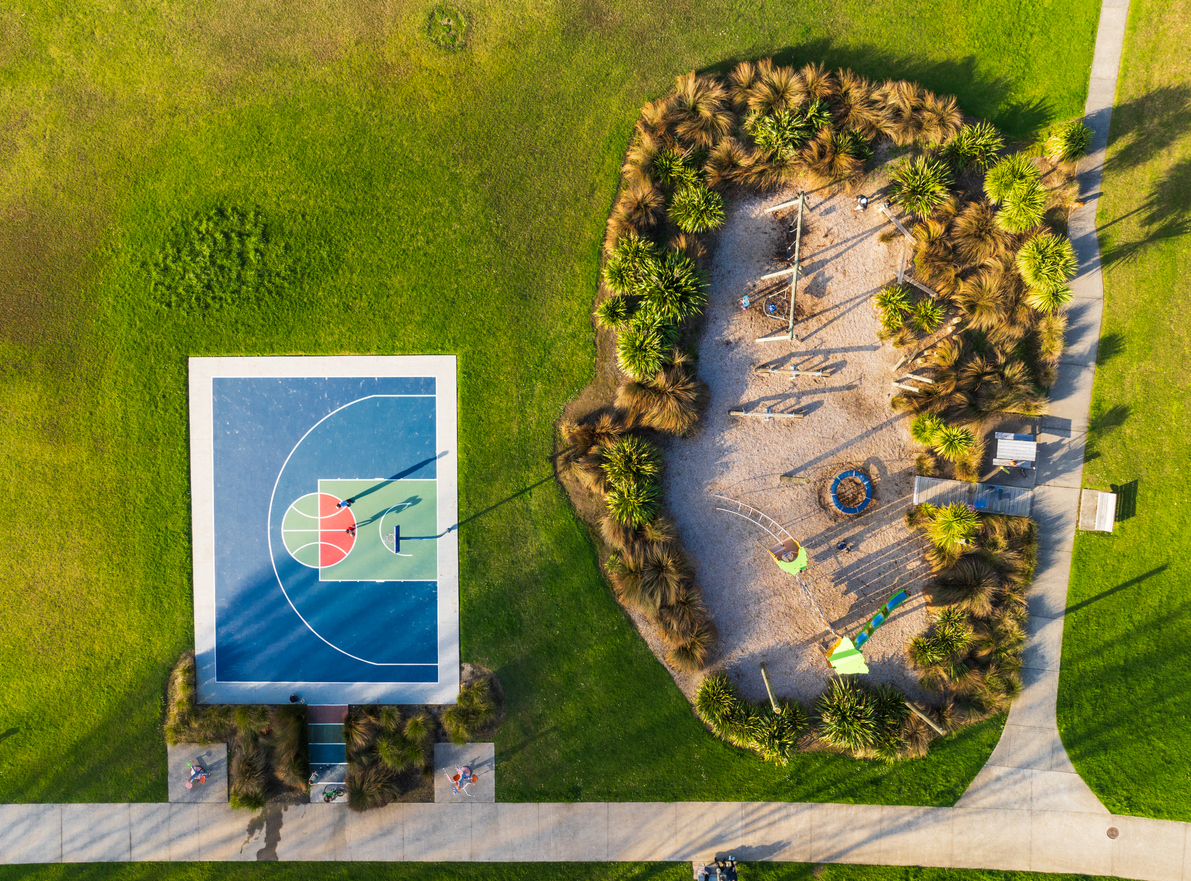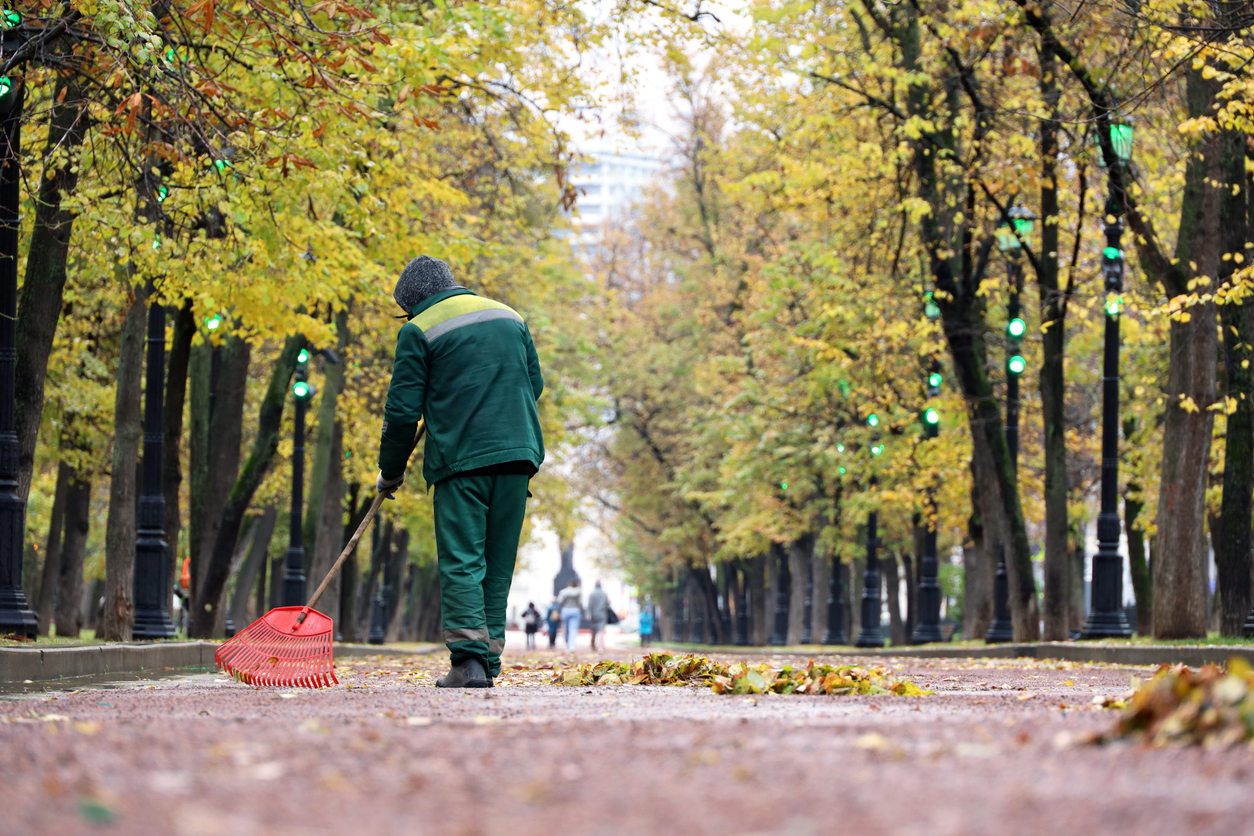Health and wellness have become a sought-after idea as more people are prioritizing their physical and mental health more than before. The idea comes from wanting a higher quality of life and recognizing the long-term benefits of a healthy lifestyle. Outdoor fitness plays a major role in promoting a healthier lifestyle since it offers accessible, engaging, and natural environments for physical activity, encouraging people to exercise regularly and connect with the outdoors. Parks must adapt to changing fitness trends and create a space promoting physical activity.
The Evolution of Parks
Parks were designed so community members have open green spaces to relax and hold social gatherings. Slowly, the idea of parks became less around leisure and more around health and wellness, confirming communities see physical activity and healthy lifestyles as essential to their well-being. With that transition, there has been an increasing demand for accessible and cost-effective exercise options in parks.
Key Outdoor Fitness Trends
As more parks start to incorporate physical activity into their spaces, there are a few common trends that continue to pop up:
- Group Fitness Activities
Group fitness activities in parks involve exercise classes and training sessions. The sessions are often held in an open area, creating a sense of community, encouraging social interaction, and motivating participants to achieve their fitness goals.
Examples: Yoga, Pilates, Boot Camps, Zumba - Nature-Based Fitness
Nature-based fitness training uses natural environments, such as forests, mountains, or beaches, as workout spaces, incorporating exercises like trail running, hiking, outdoor obstacle courses, and other outdoor activities for physical fitness. - Outdoor Workout Stations
Bodyweight equipment in parks includes exercise structures like pull-up bars, parallel bars, and dip stations. These types of equipment are for bodyweight exercises such as push-ups, pull-ups, dips, and other resistance-free movements. An accessible workout space provides a cost-effective way for people to engage in effective strength workouts.
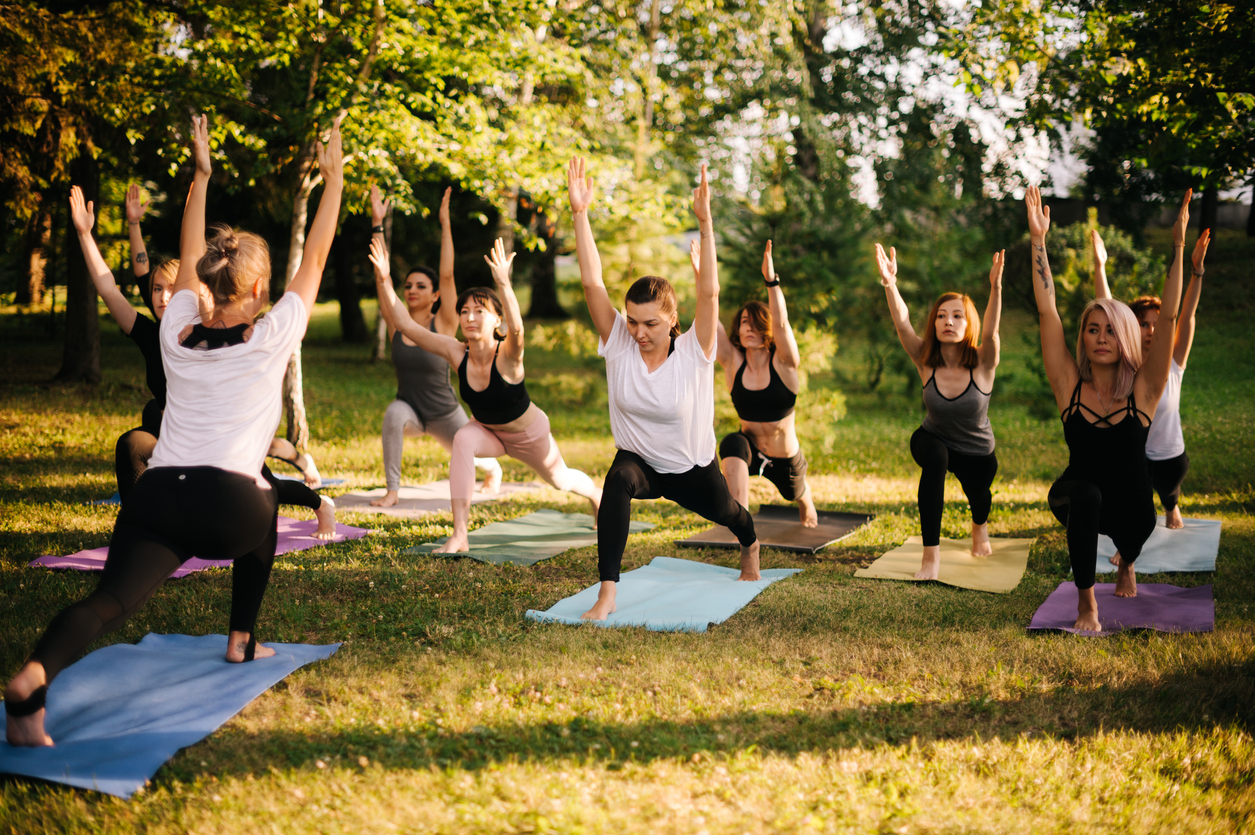
Park Design and Infrastructure
Designing outdoor gyms and exercise stations involves planning to provide durable, weather-resistant fitness equipment that can withstand the elements. These stations accommodate various exercises, from cardio workouts to strength training. The equipment should encourage an open and inviting atmosphere, ensuring visitors of all fitness levels can enjoy these outdoor facilities within the park.
Using eco-friendly and sustainable materials should also go into park design. Selecting recycled or renewable materials reduces the carbon footprint of park infrastructure, promotes long-term durability, and aligns with environmentally responsible principles. Regular upkeep of fitness equipment is still necessary to ensure the safety and functionality of outdoor fitness facilities, prolonging their lifespan and providing visitors with a reliable fitness space.
Community Engagement and Education
Organizing fitness events and challenges within parks encourages community engagement and promotes a healthy, active lifestyle. These events, such as marathons, fitness competitions, or themed challenges, bring people together and motivate them to achieve fitness goals.
Educational programs on health and fitness within parks also offer community engagement as they enhance public awareness and understanding of physical health. These programs often cover nutrition, exercise techniques, and mental health management, providing participants with valuable knowledge and practical skills to maintain a healthy lifestyle. By promoting education alongside physical activity, parks become hubs for comprehensive wellness support, ultimately benefiting the overall health of their community.
The role of parks in promoting a healthier and more active community is pivotal, as they serve as accessible, inclusive, and community-centric spaces where visitors can engage in various fitness activities, socialize, and prioritize their well-being. By adapting to changing fitness trends and fostering a culture of physical activity, parks play a vital role in improving public health and quality of life.

